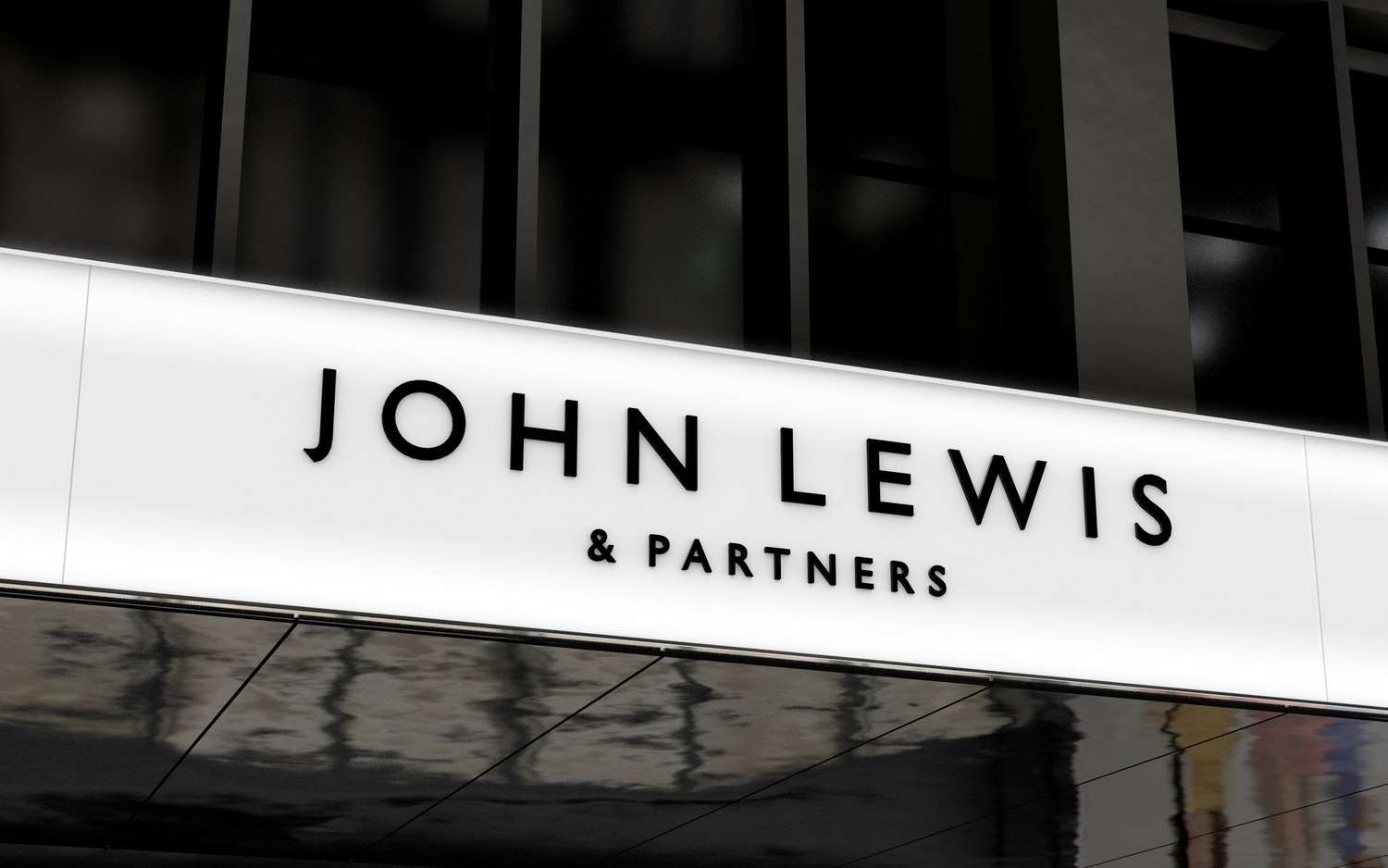Head of Brand Strategy and Insight Katie Vickery discusses what makes a brand, and how in today’s world, it’s so much more than the logo.
If you were to ask someone on the street what a brand is, they’re likely to tell you it’s a logo, a strapline or a colour. But the truth is that a brand is so much more than this. You might be thinking that I would of course say this, but just by taking a look at the car you drive, the music you listen to and the beer you drink, you might start to understand where I’m coming from.
Perhaps the best example I can give that everyone can relate to in some shape or form is John Lewis & Partners. They’ve grown into arguably the most successful retailer on the high street and have millions tuning in to watch their Christmas advert premiere on TV every year. None (or very little) of their success can be attributed to their logo. In fact, around 18 months ago they changed their visual brand overnight and no-one seemed to bat an eyelid.
So how have they built such a successful brand over the years? It’s clearly not happened overnight, but there seems to be a kudos that comes from shopping at John Lewis & Partners, as well as its sister company Waitrose & Partners. It seems to be that if you’re buying anything from there, whether it’s a new pair of boots or a TV, you won’t be left feeling short-changed.
So, what is the John Lewis & Partners brand, if it’s not the logo? Well, broadly speaking it’s the promise that they make to their customers. It’s the fact that if you went into any of their stores across the country, you knew what to expect in terms of the level of service and products available. Consistency is a real cornerstone of their brand and so often it’s easy to see what a brand is when that brand doesn’t follow through with their brand promise. For example, if you were to walk into a John Lewis & Partners store this afternoon and enquire about buying a mattress, how might you feel if the customer service representative didn’t pay you much attention, was chewing gum or their shirt wasn’t ironed? You’d probably feel that they felt out of place, and they would be – they wouldn’t fit the brand. However, if you were to go into a Dreams store and meet the same person, although you might be slightly put off, you probably wouldn’t think too much about it.
But why is this? A brand should be a uniting factor for any business and should influence the way in which the internal team hold themselves and interact with customers, as well as influencing how the visual brand looks. A strong brand should empower and be owned by the entire business, from the CEO to the person cleaning the toilets.
John Lewis & Partners have had many executions of their brand proposition over the years, most notably their ‘Never knowingly undersold on quality or price’ message which has been running since 1925 until recently. This brand promise really embraced the consumer truth that they were perceived as a high-end retailer, but were able to reassure customers that this didn’t need to come a hefty price tag. Joe Public was left feeling reassured and continued to buy from them. This positioned John Lewis & Partners in the retailer sweet spot; the position between high-end and affordable. People felt good about shopping there because they didn’t feel they were getting ripped off, and yet they were buying a quality product.
A brand should also be unique. A good test is to look at a piece of marketing collateral for your brand, to put your hand over the logo and ignore the visual brand. Ask yourself, “Could this have been said by any other brand in our marketplace?” If the answer is yes, your brand definition probably needs refining.
